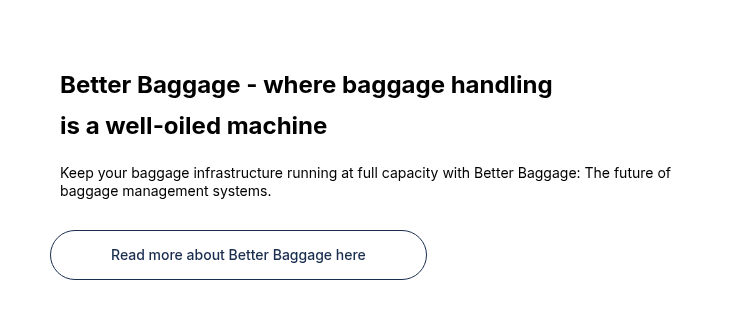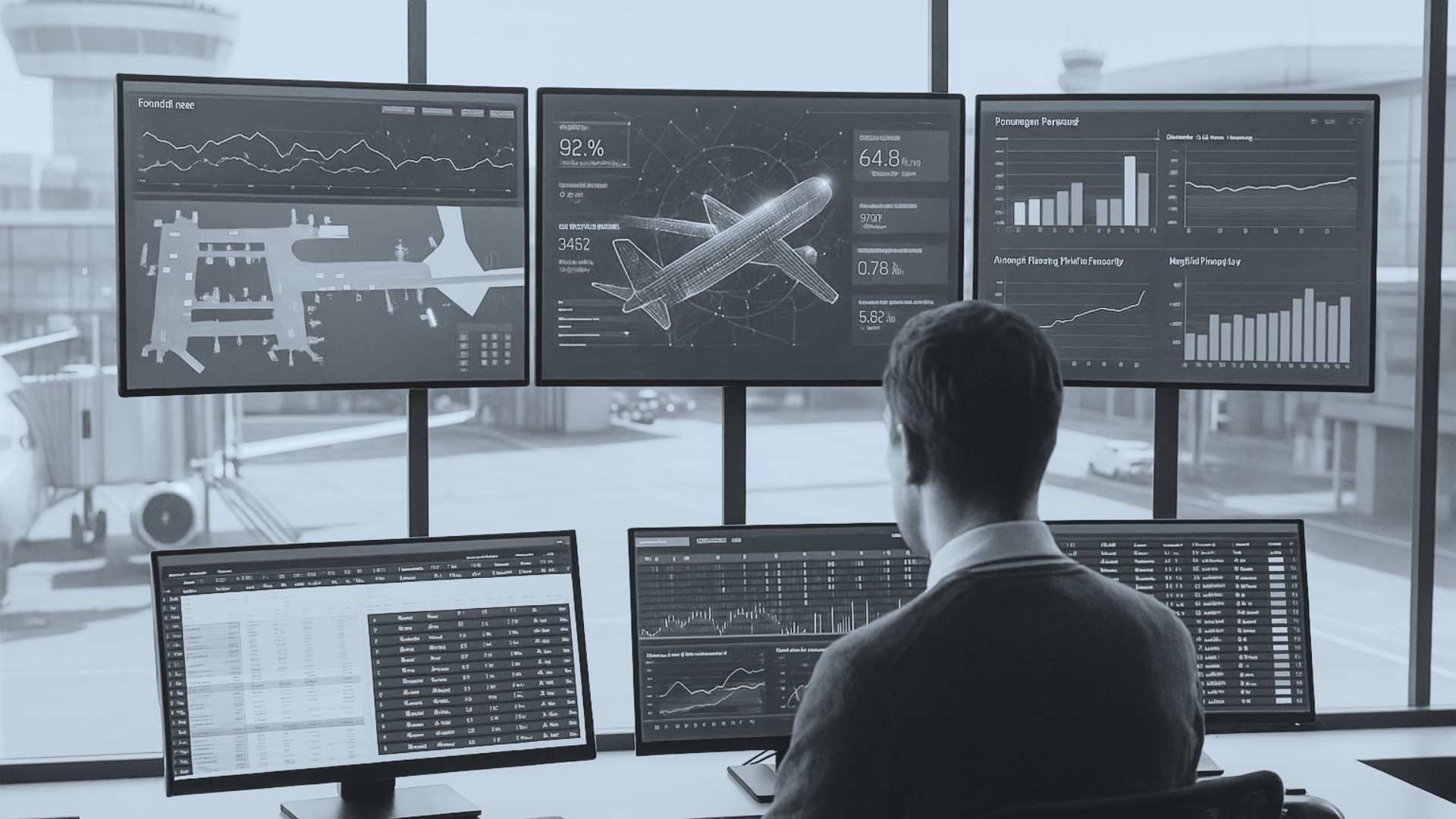Every day, tens of thousands of passengers travel through the modern airport towards their final destination. With passenger numbers increasing steadily, airports around the world are facing the challenge of understanding and managing passenger flows.
In this article, we’ll cover what airport passenger flow is and how to manage passenger flows in the modern airport.
What is passenger flow?
The term passenger flow refers to the movement of people through a transportation system.
In airports, managing passenger flows is essential to avoiding bottlenecks and ensuring that passengers move through the system efficiently and safely, from their arrival at the airport to their departure and arrival at their final destination.
To ensure this, airports must manage the movement of passengers through various checkpoints and areas, including:
- Check-in
- Security screening
- Immigration and customs for international / intercontinental flights
- Boarding gates and associated waiting areas
- Disembarking and baggage claim
- Transit and transfer areas for passengers changing flights
- Commercial and public spaces, such as retail shops, restaurants, and lounges
Managing passenger flow in these areas is crucial to minimizing wait times, reducing congestion, and ensuring smooth airport operations all around.
How to manage passenger flows in your airport.
Efficient passenger flow management starts with data collection. Utilizing sensors or cameras, as well as data collected across airport operations, the modern airport measures the number of passengers moving through various checkpoints in real time. Once collected, these data can be used to achieve a better overview of passenger flow, identify bottlenecks, and forecast what passenger movements in one area mean for another.
For the modern airport, being equipped with the right software solutions is crucial to getting the most value out of the data collected. To do this, the core operations of the modern airport can no longer be conducted in silos: they must be connected.
This is why Copenhagen Optimization has developed Better Airport: a cloud-based airport management SaaS platform that gives all airports, regardless of size, a simpler way to run core operations.
Featuring seven core modules for airport optimization, Better Airport allows airports to mix and match modules to create a solution perfectly suited to the specific needs of the individual airport. Every module can be connected, making it easy to forecast, understand, and plan passenger and baggage flows throughout the airport. We call this way of working Connected Operations — and we believe it’s the future of airport technology.
Below, we will cover how two of our modules, Better Forecast and Better Baggage, can help you optimize passenger and baggage flows in your airport.
Plan for the future with Better Forecast
Without accurate forecasts aligned across departments, smooth passenger flow and overall operational efficiency are difficult to achieve. Effectively managing passenger flow in your airport requires your operations teams to have a solid foundation for decision making. We’re here to help you achieve that.
To enable you to make operational decisions with confidence, we have developed Better Forecast: the cloud-based SaaS solution for your passenger flow management needs.
Better Forecast provides passenger and baggage presentation profiles for all areas of the airport, creating a solid foundation for optimized airport operations. Utilizing machine learning and automation, Better Forecast eliminates manual processes to improve operational efficiency at your airport.
The solution helps you:
Plan ahead and react on time: With accurate flight-by-flight forecasts and real-time updates every few minutes, Better Forecast enables you to react in the present, as well as make informed decisions for the future.
Optimize resource allocation: When flight arrival times change, Better Forecast updates accordingly, enabling you to allocate staff and resources accurately and reduce wait times.
Improve the passenger experience: Improved resource allocation allows you to improve passenger flow, giving your passengers a smoother journey through the airport.
Optimize baggage flows with Better Baggage
When it comes to managing airport passenger flow, baggage reclaim is one of the most important areas to understand. Baggage reclaim is prone to congestion and crowding, and delays in the baggage reclaim process can cause passengers to miss connecting flights or transportation.
To keep baggage flows balanced and baggage handling systems running smoothly, we have developed Better Baggage: the cloud-based baggage management system designed to keep your baggage infrastructure running at full capacity.
Better Baggage analyzes all baggage flows and helps you understand where bottlenecks occur. The solution helps you:
Make data-driven decisions: Better Baggage enables you to better understand your future needs while ensuring optimal day-to-day operations.
Streamline reclaim: By analyzing baggage load and passenger arrival curves, Better Baggage Reclaim streamlines the reclaim experience and optimizes the flow of your baggage handling.
Optimize outbound infrastructure: With accurate daily forecasting of incoming bag numbers, Better Baggage enables your airport to optimize its make-up positions (MUP), early bag storage (EBS) set-up, and baggage handling flows.

Optimize airport passenger flow with Copenhagen Optimization
Efficient passenger flow is crucial to minimizing wait times, reducing congestion, and ensuring smooth airport operations all around. This makes managing passenger flow a central aspect of ensuring operational efficiency in the modern airport.
Imagine an airport where passengers are not held up in unnecessary long lines or flow bottlenecks; an airport where the passenger experience centers around excitement for the journey ahead. At Copenhagen Optimization, we want to help you achieve just that.






